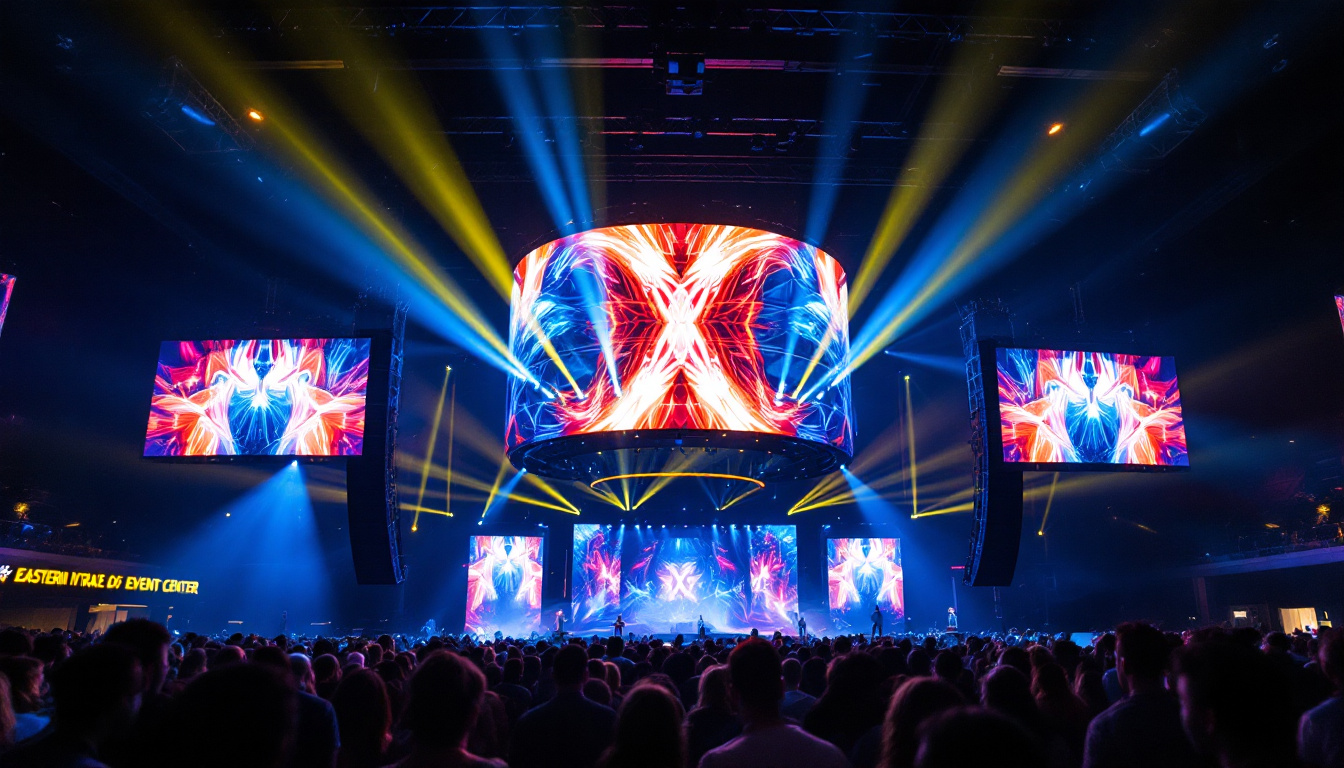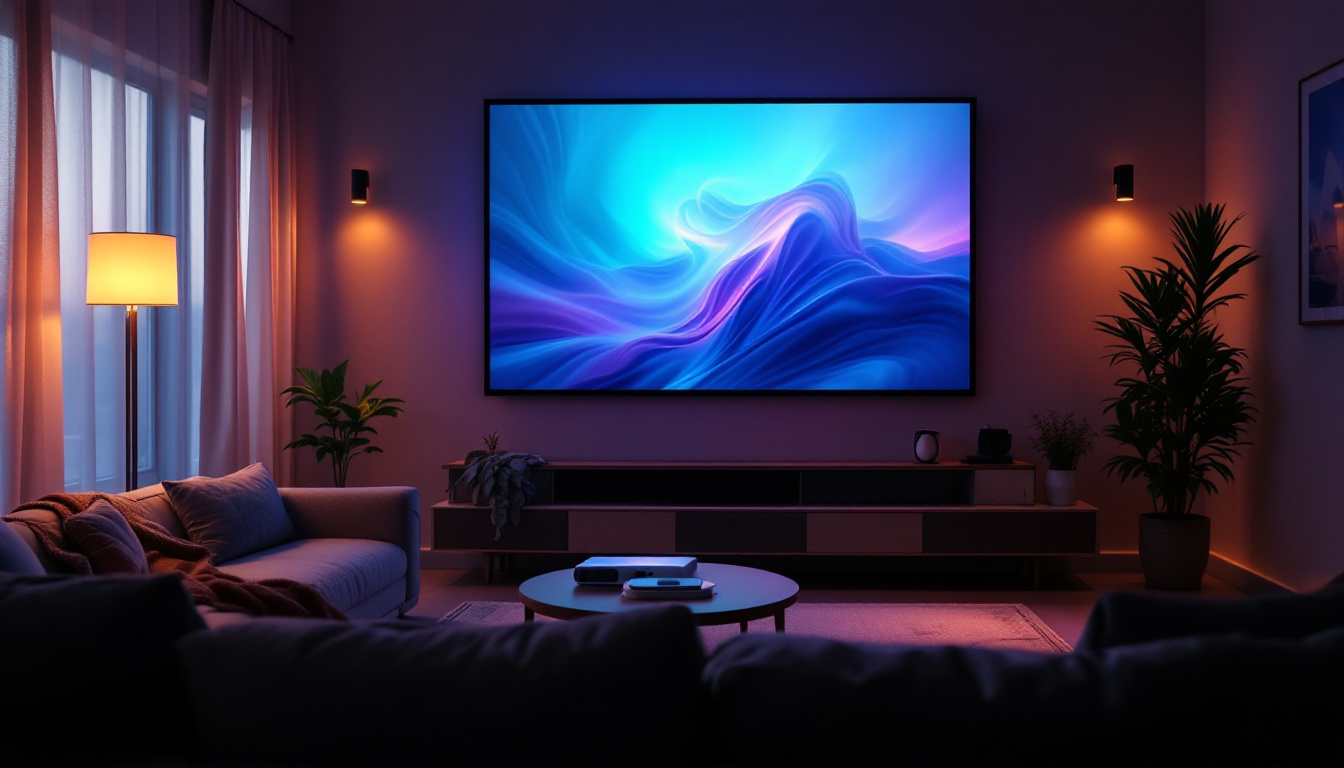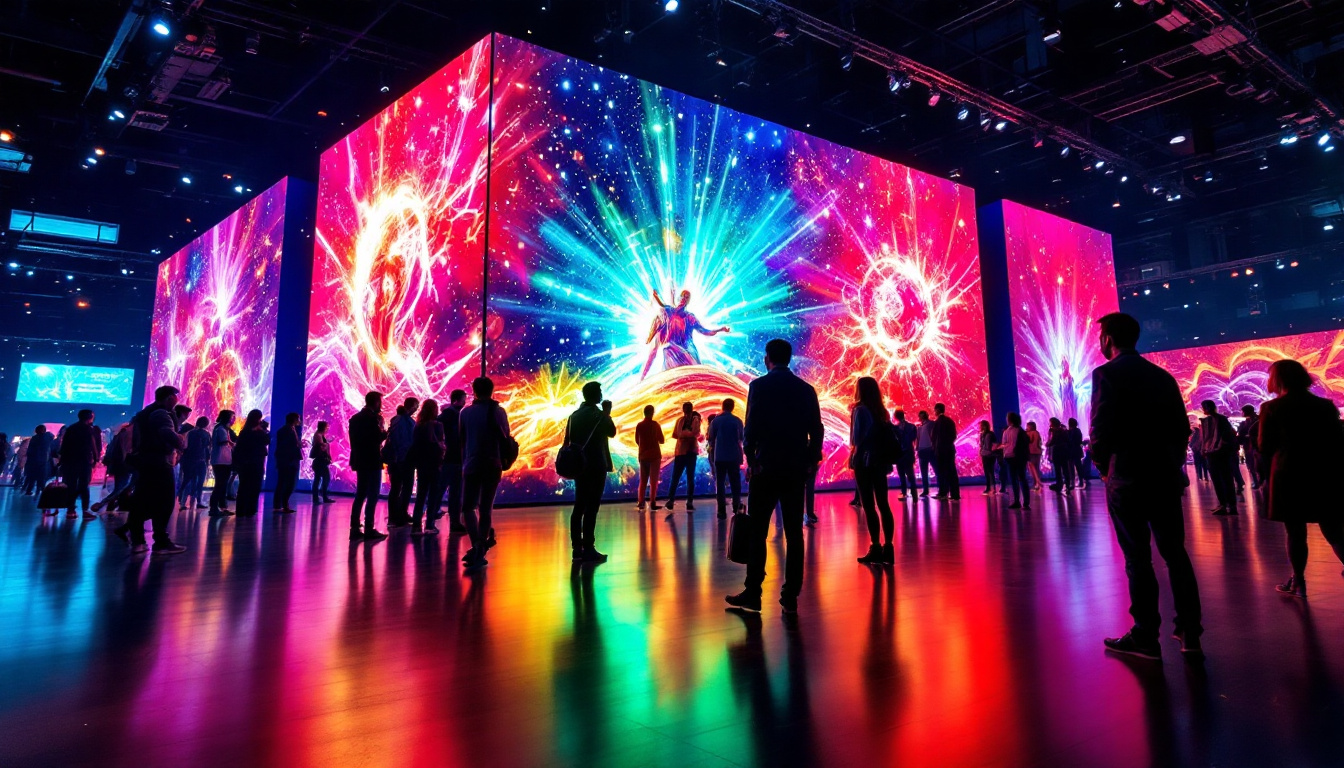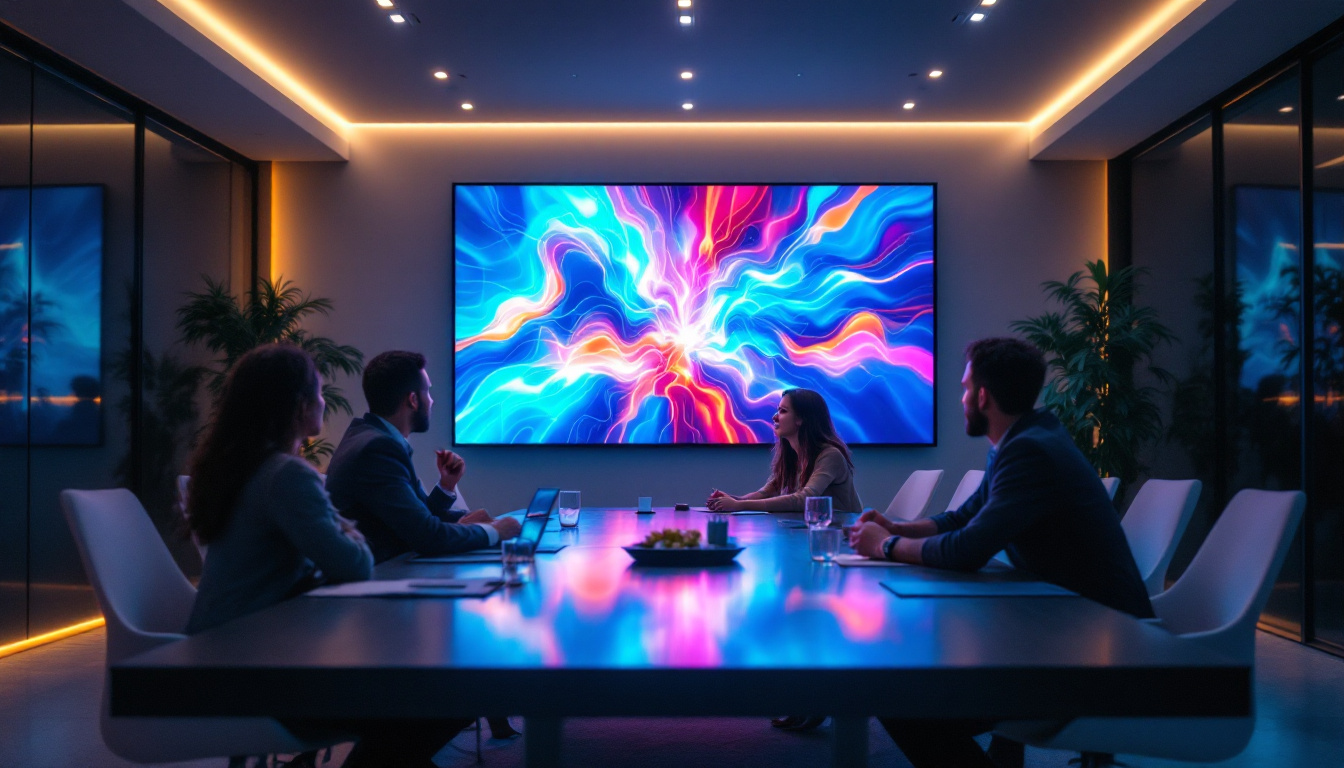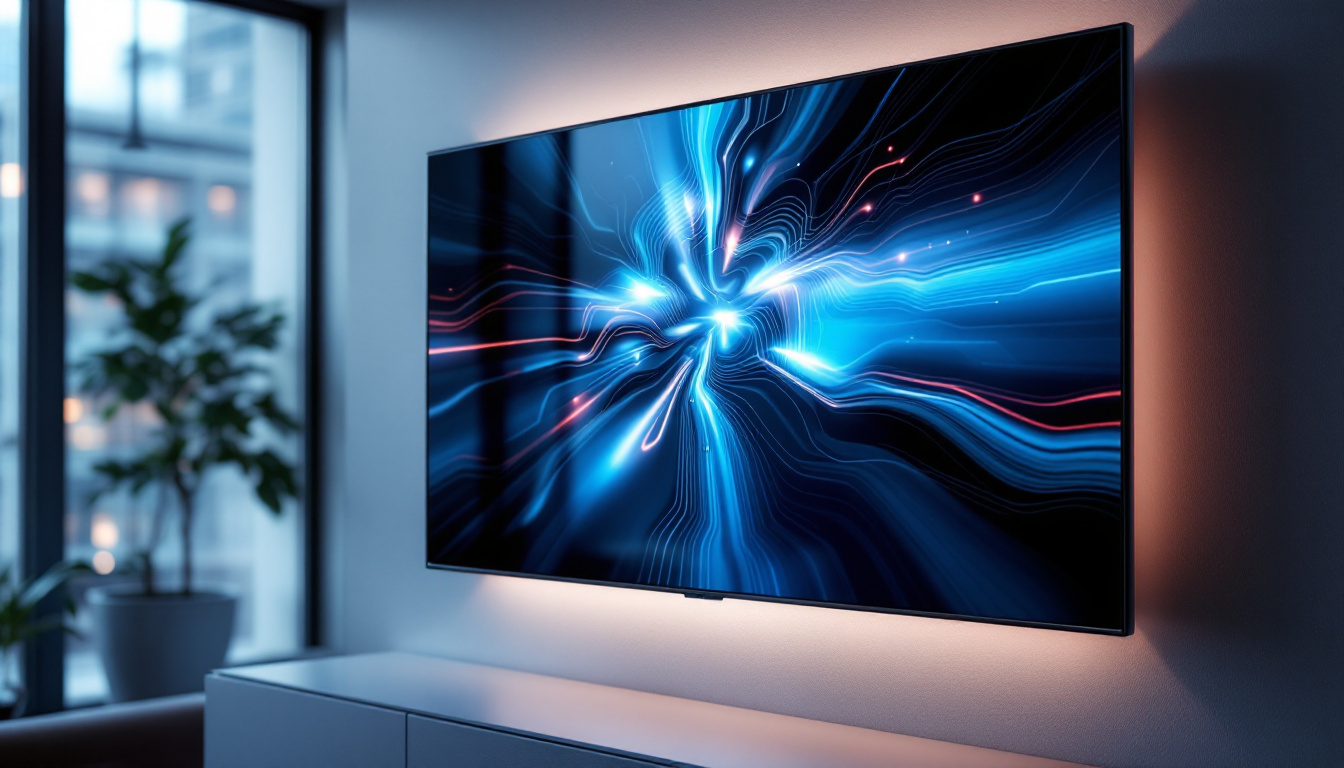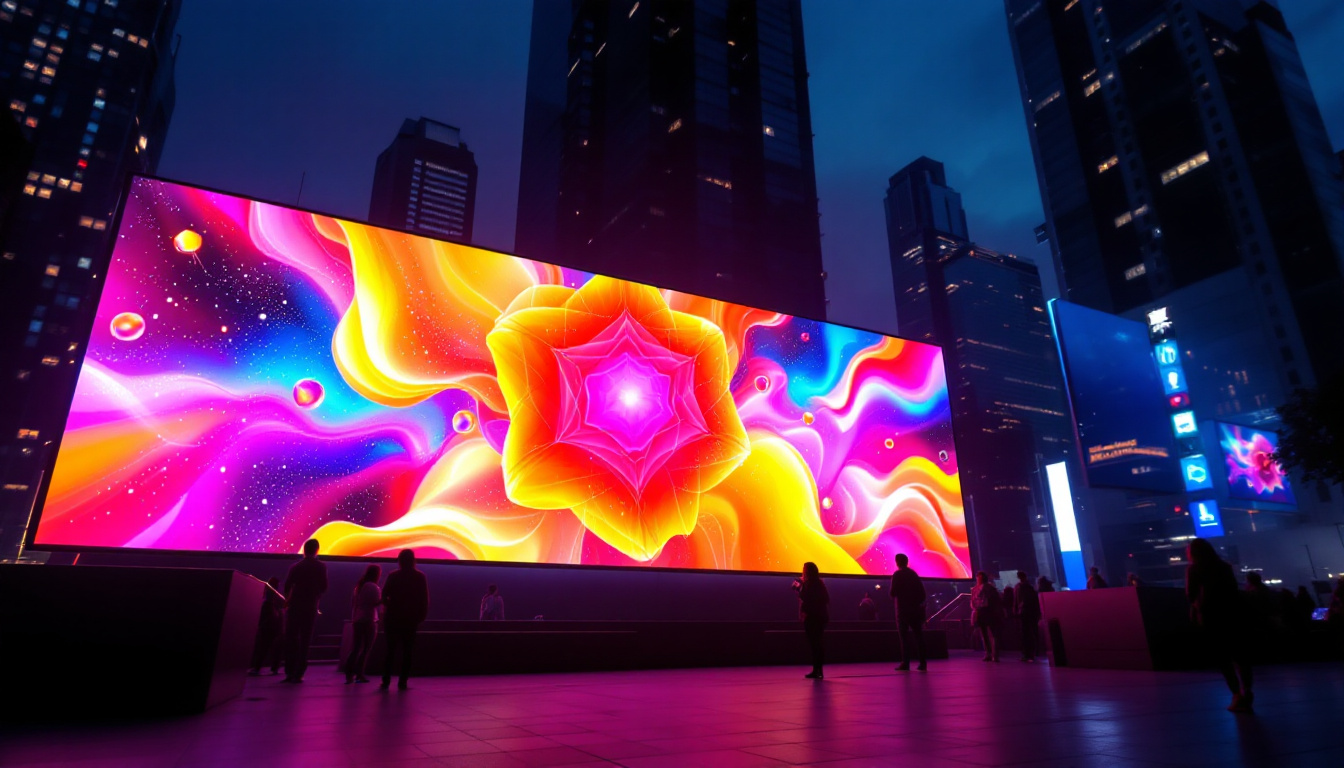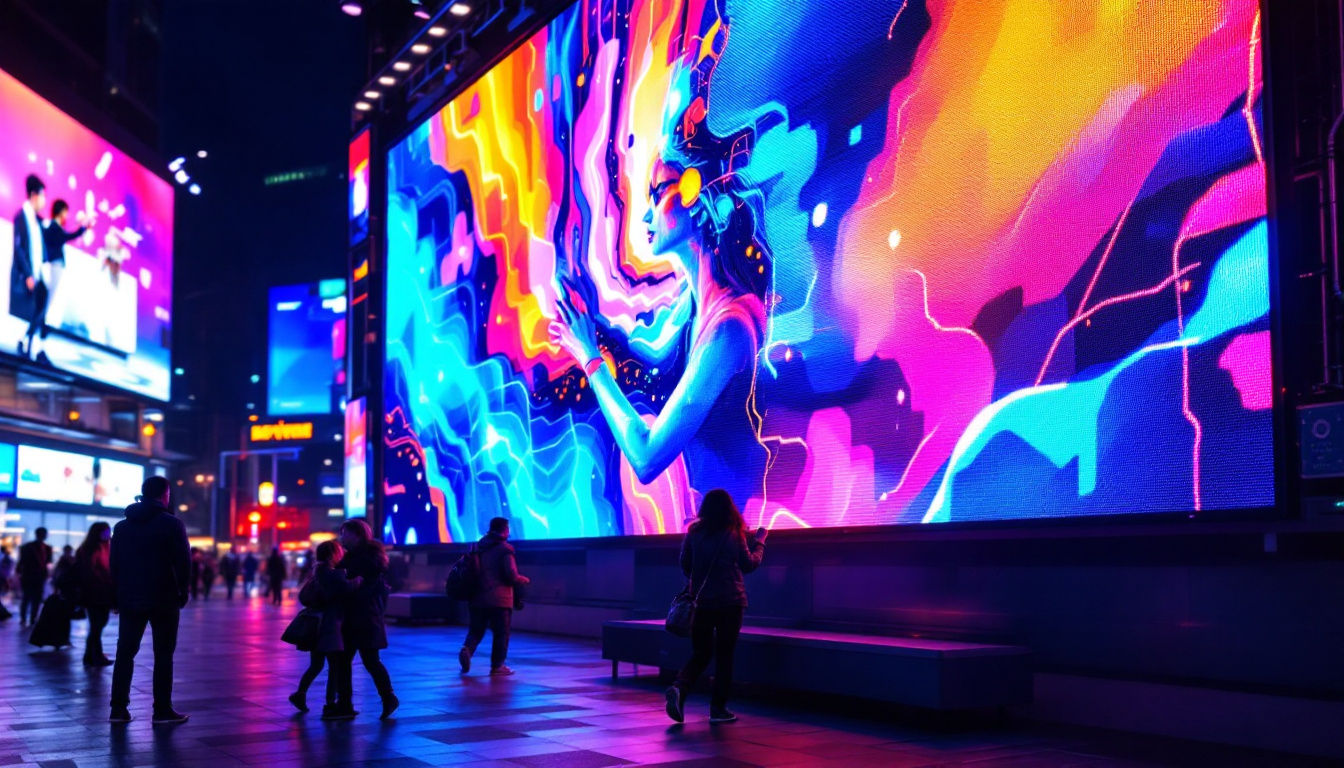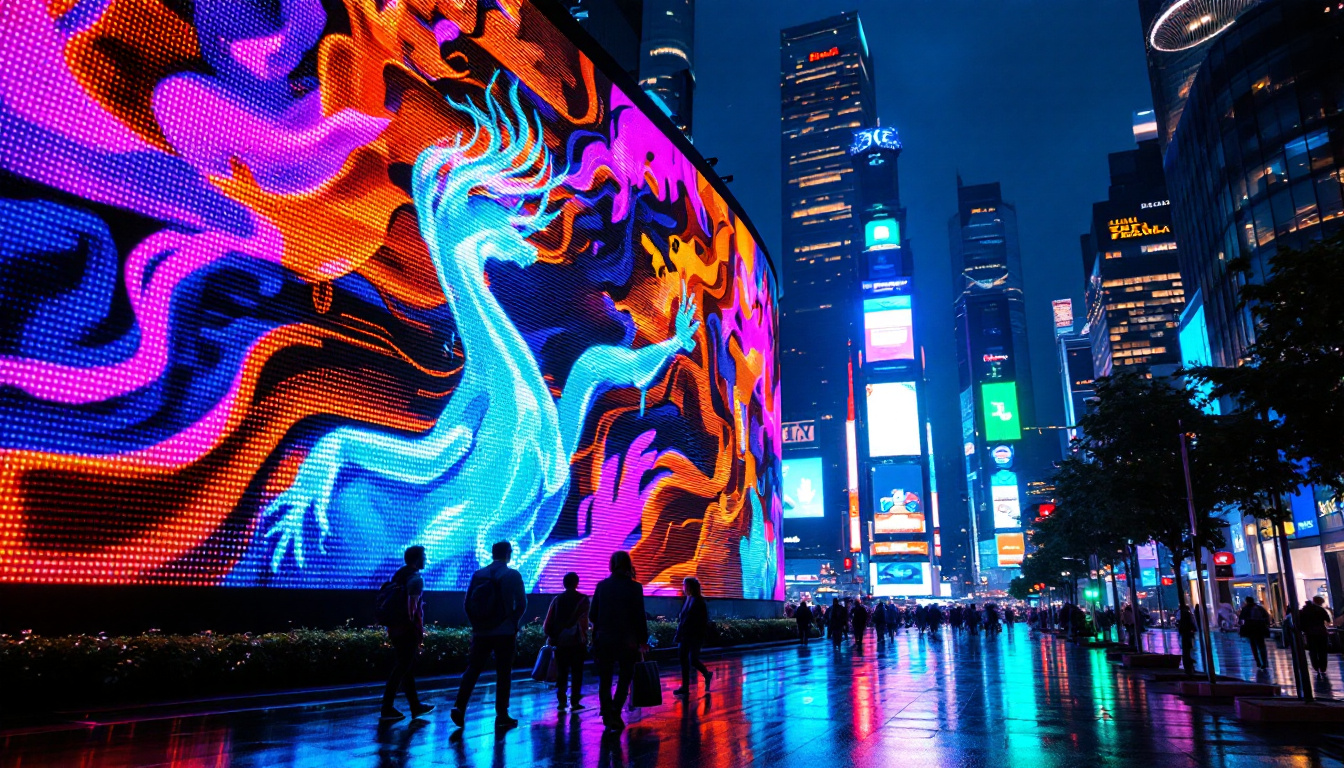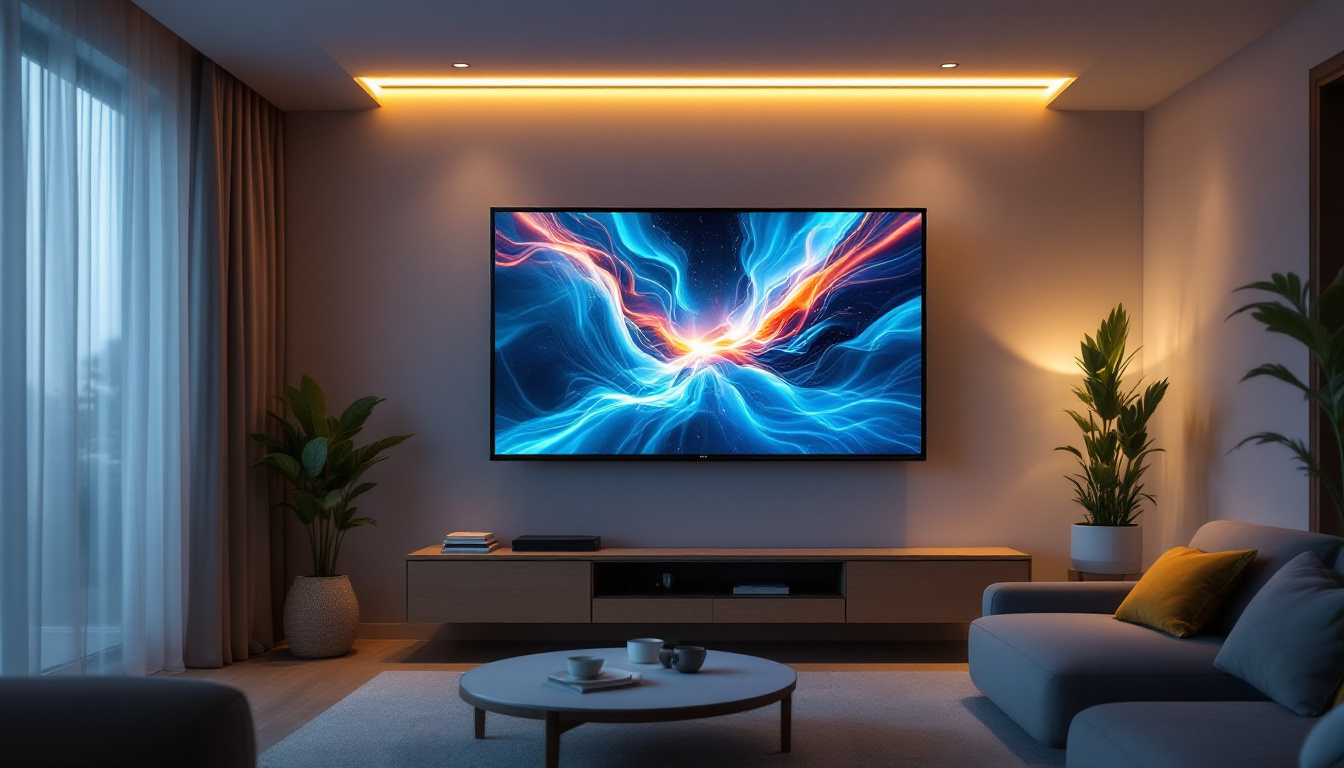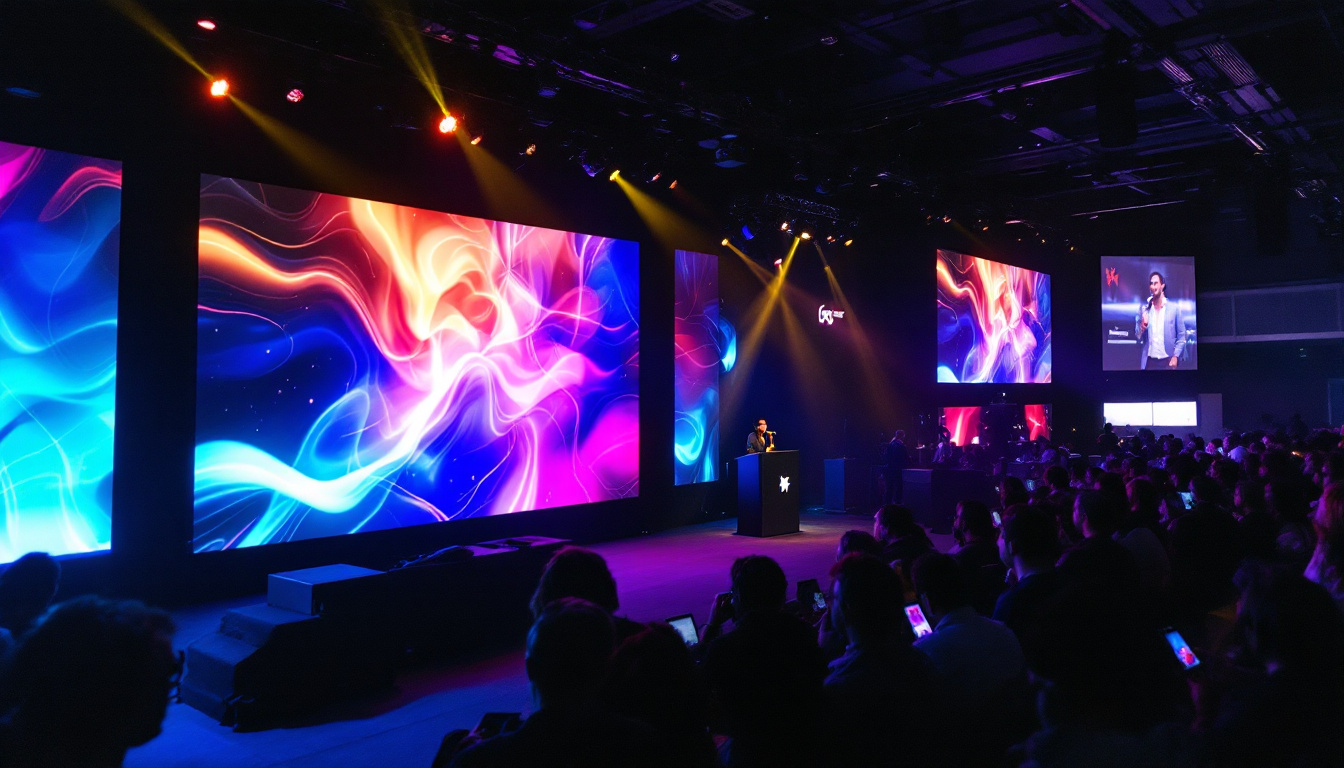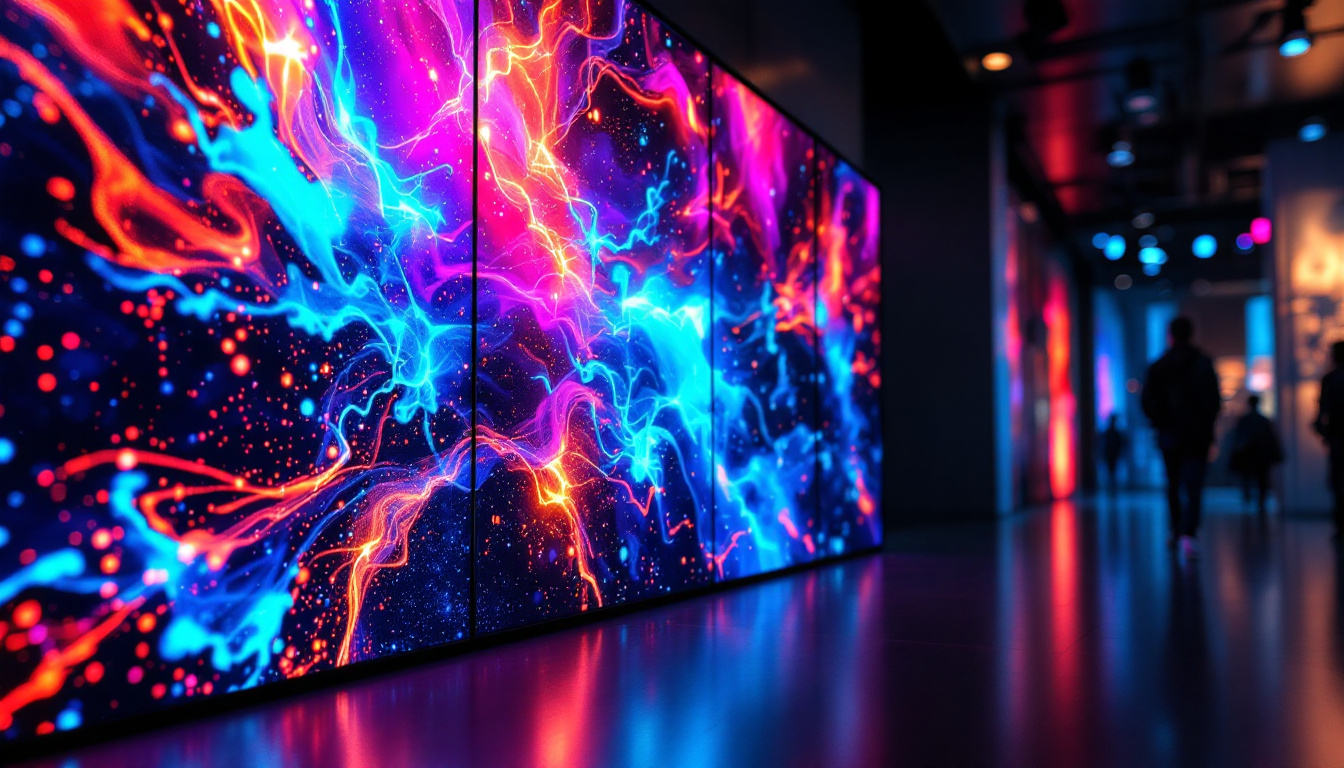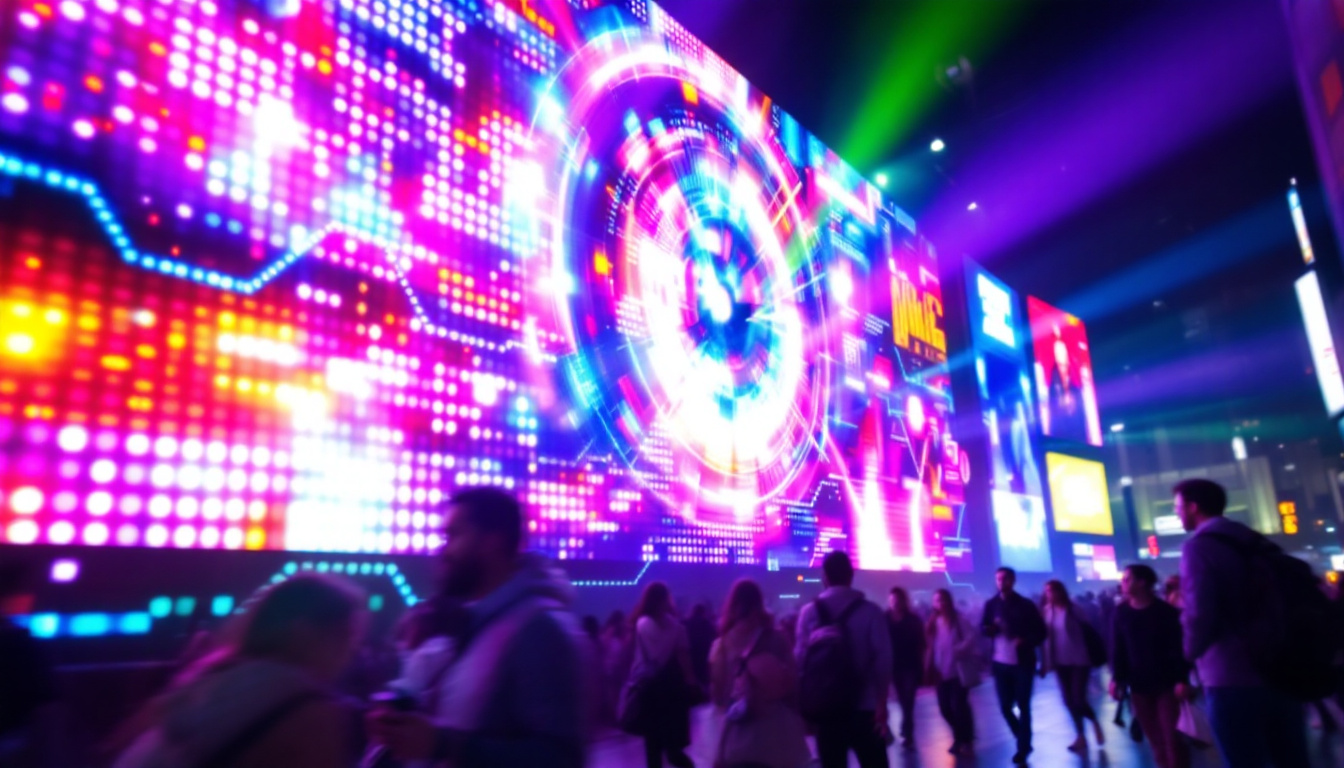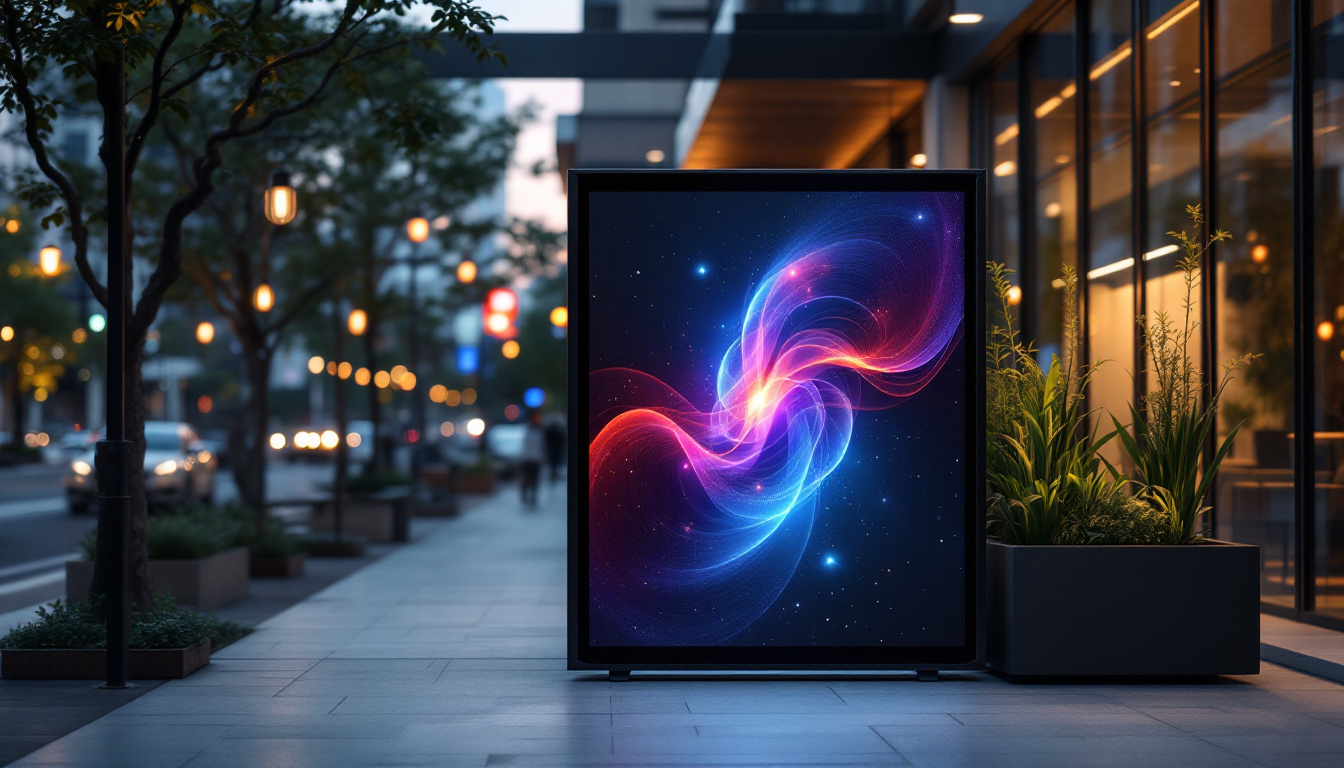In the rapidly evolving world of cinema, technology plays a pivotal role in shaping how stories are told and experienced. One of the most groundbreaking advancements in recent years is the use of LED displays in digital cinema. This article delves into the intricacies of LED technology, its advantages over traditional projection methods, and its transformative impact on the cinematic experience.
Understanding LED Technology
Light Emitting Diodes (LEDs) are semiconductor devices that emit light when an electric current passes through them. This technology has found its way into various applications, from household lighting to large-scale displays. In the context of cinema, LED displays are becoming increasingly popular due to their ability to deliver vibrant colors, high contrast ratios, and exceptional brightness levels. The shift towards LED technology in cinemas not only enhances the viewing experience but also aligns with sustainability efforts, as LEDs consume less energy and have a longer lifespan compared to traditional lighting options.
The Basics of LED Displays
LED displays consist of numerous tiny diodes arranged in a grid pattern, which work together to create images. Each pixel is made up of red, green, and blue (RGB) subpixels that combine to produce a full spectrum of colors. This design allows for precise control over color and brightness, resulting in stunning visuals that can captivate audiences. The technology behind LED displays also enables dynamic range adjustments, allowing filmmakers to present their work in the way it was intended, with rich details in both the shadows and highlights.
Unlike traditional projection systems that rely on light being shone through a lens, LED displays emit light directly from the screen. This direct emission not only enhances brightness but also reduces the loss of image quality that can occur with projection. As a result, LED displays can maintain clarity and vibrancy even in well-lit environments. Additionally, the rapid response time of LEDs means that motion blur is significantly reduced, providing a smoother viewing experience during fast-paced action scenes.
Types of LED Displays in Cinemas
There are several types of LED displays used in cinemas, each offering unique benefits. The most common types include:
- Direct View LED: These displays consist of individual LED modules that form a seamless screen. They are often used for large cinema screens and can be customized to fit various sizes and aspect ratios. This flexibility allows theaters to create immersive environments that can adapt to different film formats and audience preferences.
- MicroLED: A newer technology that utilizes microscopic LEDs, MicroLED displays offer even greater resolution and color accuracy. They are particularly suited for high-end cinema experiences, providing viewers with an unparalleled level of detail that can enhance the storytelling of a film.
- OLED: While technically different from traditional LED displays, OLED technology is often discussed in the same context. OLED screens offer deeper blacks and better contrast, making them ideal for certain cinematic applications. Their ability to turn off individual pixels allows for true black levels, which can dramatically improve the visual impact of darker scenes.
In addition to these types, hybrid systems that combine different technologies are also emerging, allowing cinemas to leverage the strengths of each. For instance, some venues use a combination of LED and projection systems to create a more versatile viewing experience, catering to a wider range of films and audience preferences. As the technology continues to evolve, we can expect even more innovative solutions that will redefine how we experience cinema.
Advantages of LED Displays in Cinema
LED displays offer a myriad of advantages that make them an attractive choice for modern cinemas. From enhanced image quality to operational efficiency, these benefits contribute to a superior viewing experience.
Superior Image Quality
One of the most significant advantages of LED displays is their ability to produce exceptional image quality. The high brightness levels and contrast ratios allow for vivid colors and sharp details, even in challenging lighting conditions. This capability is particularly important for action-packed films or scenes with intricate visual effects.
Moreover, LED displays can achieve a wider color gamut compared to traditional projection systems. This means filmmakers can present their work closer to their original vision, resulting in a more immersive experience for the audience. The ability to display HDR (High Dynamic Range) content further enhances this experience, allowing for deeper blacks and brighter highlights. This technology not only elevates the visual storytelling but also ensures that every frame is a feast for the eyes, making it easier for viewers to connect emotionally with the narrative.
In addition to color accuracy, LED displays provide superior viewing angles. Unlike conventional projectors that can suffer from color distortion and loss of brightness at off-angles, LED technology maintains consistent quality across a wider range of seating positions. This feature ensures that every audience member, regardless of where they sit, can enjoy the same stunning visuals, thereby enhancing overall audience satisfaction and engagement.
Operational Efficiency
LED displays also offer operational advantages for cinema owners. Unlike traditional projectors that require regular maintenance and bulb replacements, LED screens have a longer lifespan and lower maintenance costs. This efficiency translates to reduced downtime and increased profitability for cinema operators.
Additionally, LED displays can be easily integrated with modern digital cinema systems, allowing for seamless content delivery and playback. This integration streamlines the process of showcasing films, making it easier for cinemas to adapt to changing content demands. The ability to update content remotely and quickly means that cinemas can respond to audience preferences and trends more effectively, ensuring that they remain competitive in a rapidly evolving entertainment landscape.
Furthermore, the energy efficiency of LED technology cannot be overlooked. By consuming less power than traditional projection systems, cinemas can significantly reduce their energy costs, contributing to a more sustainable operation. This not only benefits the bottom line but also aligns with the growing consumer demand for environmentally friendly practices in the entertainment industry.
Enhanced Viewing Experience
The immersive nature of LED displays significantly enhances the viewing experience. With their ability to produce bright and vibrant images, audiences can enjoy films in a way that feels more engaging and lifelike. This is particularly beneficial for 3D films, where depth perception and color accuracy are crucial for a successful viewing experience.
Furthermore, LED displays can be configured to create unique viewing environments. For example, curved screens can wrap around the audience, providing a more encompassing experience. This flexibility allows cinemas to differentiate themselves and create memorable experiences that keep audiences coming back. The adaptability of LED technology also means that cinemas can experiment with different formats, such as multi-screen setups for special events or immersive storytelling experiences that draw viewers deeper into the film’s world.
Moreover, the integration of sound technology with LED displays can further amplify the cinematic experience. Advanced audio systems can be synchronized with the visuals to create a cohesive atmosphere that captivates the audience’s senses. This synergy between sight and sound transforms a simple movie night into an unforgettable event, encouraging viewers to return for future screenings and fostering a loyal customer base.
Challenges and Considerations
Despite the numerous advantages of LED displays, there are challenges and considerations that cinema operators must address. Understanding these factors is essential for making informed decisions about adopting this technology.
Initial Investment Costs
One of the primary challenges associated with LED displays is the initial investment cost. High-quality LED screens can be significantly more expensive than traditional projection systems. This upfront cost can be a barrier for smaller cinemas or those operating on tight budgets.
However, it is essential to consider the long-term savings associated with LED technology. The reduced maintenance costs, longer lifespan, and operational efficiencies can offset the initial investment over time. As the technology continues to advance, prices are expected to decrease, making LED displays more accessible to a broader range of cinemas.
Content Compatibility
Another consideration is content compatibility. While most modern digital cinema content is designed to be compatible with various display technologies, some films may not be optimized for LED displays. This can lead to discrepancies in color and brightness, potentially affecting the viewing experience.
Cinema operators must ensure that their content is tailored for LED displays to maximize the technology’s benefits. This may involve working closely with filmmakers and distributors to ensure that the final product meets the necessary specifications for optimal display.
Environmental Factors
LED displays generate heat during operation, which can be a concern in certain environments. Proper ventilation and cooling systems are essential to prevent overheating and ensure optimal performance. Additionally, cinemas located in areas with high ambient light may need to invest in specialized LED displays designed to combat glare and reflections.
The Future of LED Displays in Cinema
The future of LED displays in cinema looks promising, with ongoing advancements in technology and increasing adoption rates. As filmmakers continue to push the boundaries of visual storytelling, LED displays are poised to play a crucial role in shaping the cinematic landscape.
Technological Innovations
Innovations in LED technology are continually emerging, with improvements in resolution, color accuracy, and energy efficiency. MicroLED technology, for instance, is gaining traction due to its potential for ultra-high-definition displays and improved performance in various lighting conditions.
Additionally, advancements in artificial intelligence and machine learning are expected to enhance the capabilities of LED displays. These technologies could enable real-time adjustments to color and brightness based on the content being displayed, further optimizing the viewing experience.
Broader Adoption Across Cinemas
As the benefits of LED displays become more widely recognized, an increasing number of cinemas are expected to adopt this technology. This trend is particularly evident in luxury cinema experiences, where premium offerings are becoming the norm. The ability to deliver stunning visuals and immersive experiences will be a key differentiator in a competitive market.
Moreover, as more cinemas invest in LED technology, the cost of production is likely to decrease, making it more accessible for smaller venues. This democratization of technology will enable a wider range of cinemas to provide high-quality viewing experiences, ultimately benefiting audiences everywhere.
Conclusion
LED displays are revolutionizing the world of digital cinema, offering unparalleled image quality, operational efficiency, and enhanced viewing experiences. While challenges such as initial investment costs and content compatibility exist, the long-term benefits of adopting LED technology far outweigh these concerns.
As the industry continues to evolve, LED displays will play an increasingly vital role in shaping the future of cinema. With ongoing technological advancements and broader adoption, audiences can look forward to a new era of immersive storytelling that captivates and inspires. The future of cinema is bright, and LED technology is at the forefront of this exciting transformation.
Discover the Future of Cinema with LumenMatrix
As we embrace the transformative era of digital storytelling, LumenMatrix stands at the forefront, offering a suite of innovative LED display solutions that bring cinematic visions to life. From the immersive Indoor LED Wall Display to the dynamic Outdoor LED Wall Display, and from the versatile All-in-One LED Display to the stunning LED Transparent Display, LumenMatrix is committed to revolutionizing visual experiences. Whether you’re looking to enhance audience engagement or seeking to make a powerful brand statement, our cutting-edge technology is designed to deliver unparalleled clarity and impact. Check out LumenMatrix LED Display Solutions and be a part of the future that is illuminating the world of digital cinema.


